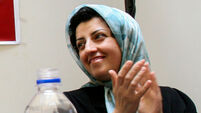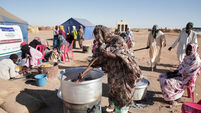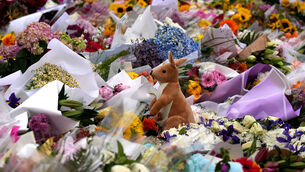Bombs turn Bali into war zone
Australian Associated Press reporter Catherine Munro said it seemed everyone on the island had been completely stunned by the explosions that killed almost 200 and injured hundreds more in a Kuta beach nightclub.
Ms Munro said hospitals were full to overcrowding with victims as well as people trying to aid the wounded.
Ms Munro described many of the victims as having “horrific burn injuries” and added: “The bodies retrieved have mostly been burnt beyond recognition.”
Local airports were flooded “with people with surfboards and holiday gear just desperate to get home”.
There were long queues for flights.
Throughout the island, renowned for its friendly and outgoing population, the atmosphere was grim.
“Bali’s usually such a lively place and (now) it’s really shell-shocked,”
Ms Munro said. “It’s very subdued.”
Hundreds of thousands of tourists flock to Bali every year for the idyllic tropical beaches, deep blue sea and lush green forests. The small Indonesian island is extremely fertile, thanks mainly to its many volcanos, while high mountains ensure rains that water its beautiful sculptured rice terraces.
Just 85 miles across, Bali is densely populated with an estimated three million-plus people.
Most Balinese are Hindus and the island’s hills are dotted with temples and shrines.
But many tourists get no further than the glorious beaches.
The resort of Kuta is packed with bars, restaurants and nightclubs and has Bali’s biggest tourist beach.
The resort is described as “a chaotic mixture of shops, bars, restaurants and hotels on a confusing maze of streets and alleys, often congested with heavy traffic, thick with fumes and painfully noisy”.
The Sari club, thought to be at the centre of the blast, is one of the most popular clubs on the main street, Jl Legian, which runs parallel to the beach.
Paddy’s Bar, also reported to be hit by the explosion, is an Irish bar a few hundred yards along the street.













